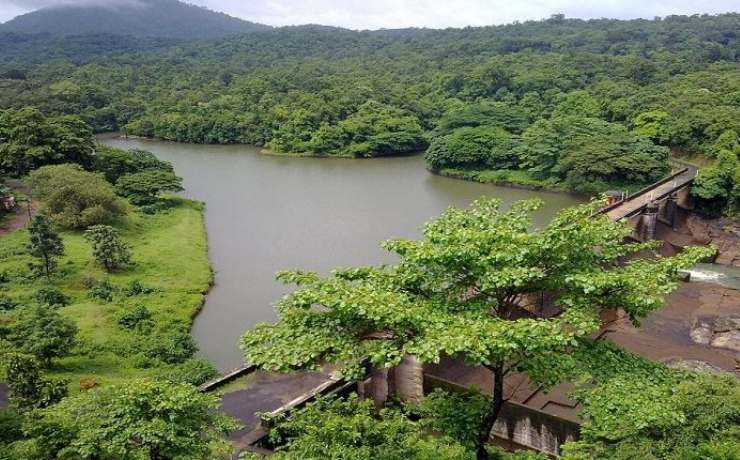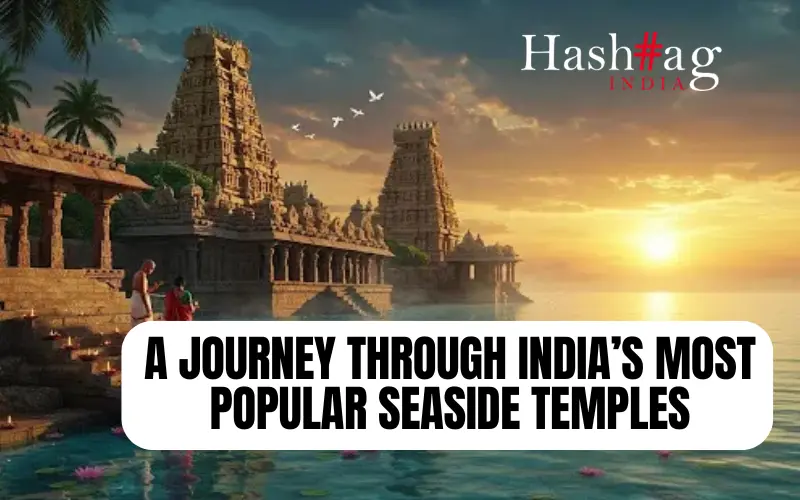India is a beautiful land of biodiversity and cultural heritage, offering a plethora of eco-tourism opportunities that allow travellers to immerse themselves in the wonders of nature while supporting sustainable practices. Dhanush Kumar lists down some of India’s most enchanting eco-tourism destinations that showcase the harmony between nature, culture, and responsible travel.
Spiti Valley, Himachal Pradesh

To all adventure seekers and nature enthusiasts, Spiti Valley presents a remarkable eco-tourism destination nestled amidst the beautiful mountains of Himachal Pradesh. This remote region offers ancient monasteries, beautiful landscapes, and a chance to experience the traditional Himalayan way of life. Trekking through the picturesque Pin Valley National Park and exploring the old monasteries of Ki, Tabo, and Dhankar are experiences that connect you deeply with the region’s pristine nature and rich cultural heritage.
Coorg, Karnataka

Nestled amidst the Western Ghats, Coorg is called the “Scotland Of India.” It is a captivating hill station renowned for its coffee plantations, spice gardens, and gushing waterfalls. Immerse yourself in the region’s natural beauty by embarking on nature walks, bird-watching tours, and plantation visits. Also explore the famous Nagarhole National Park, home to diverse wildlife like elephants, tigers, and Indian bison.
Mawlynnong, Meghalaya

Mawlynnong in Meghalaya is the cleanest village in Asia. Explore the village’s well-preserved natural beauty, with its beautiful gardens, living root bridges, and bamboo structures. You can also engage with the local Khasi community who are known for their sustainable living practices.
Kutch, Gujarat

Kutch offers a unique blend of natural wonders and cultural experiences. Visit the Rann Of Kutch, a vast salt marsh that transforms into a white desert during the dry season. Explore wildlife sanctuaries like the Little Rann of Kutch – Wild Ass Sanctuary, engage with local artisans, and witness their handicrafts and traditional practices.
Valley Of Flowers National Park, Uttarakhand

Nestled in the beautiful state of Uttarakhand, the Valley Of Flowers National Park is a UNESCO World Heritage site renowned for its vibrant meadows and diverse floral species. Trek through the valley, surrounded by snow-capped peaks, and witness a carpet of colourful flowers during the monsoon season.
Conclusion
India’s eco-tourism destinations are as diverse as the country itself, offering an array of experiences that celebrate nature, culture, and sustainability. By embracing responsible travel practices, and supporting local communities, you can create unforgettable memories while ensuring a positive impact on the environment.





























